Quiz: Basic Aircraft Aerodynamics
Flight Training Central
MAY 7, 2024
The term 'angle of attack' is defined as the angle between the airplane's longitudinal axis and that of the air striking the airfoil. Starting, taxiing, takeoff, and landing. Aircraft power, pitch, bank, and trim. airplane's center line and the relative wind. chord line of the wing and the relative wind.




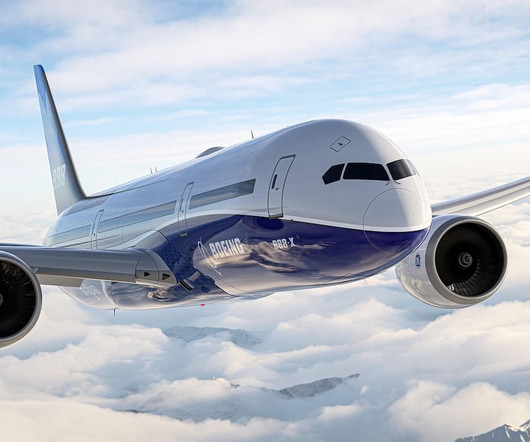
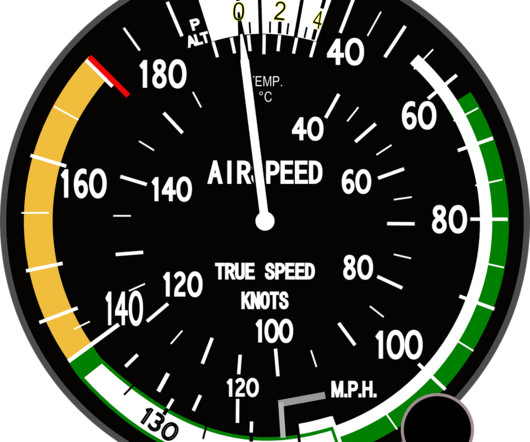

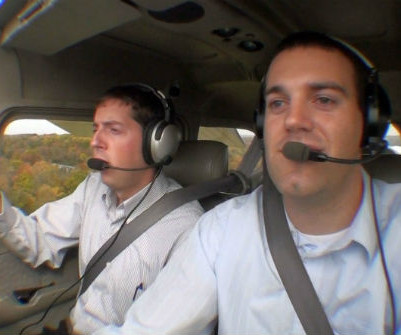

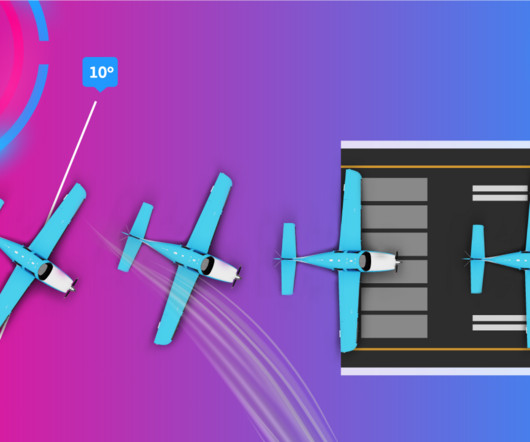
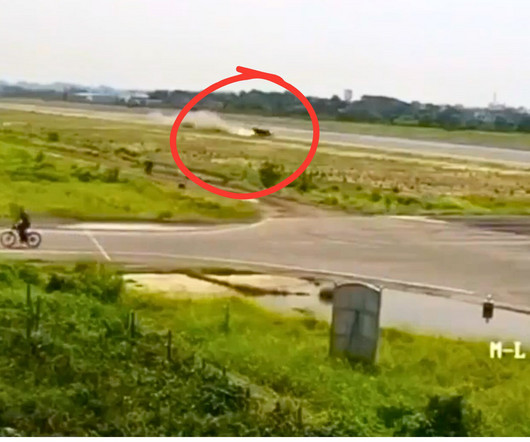
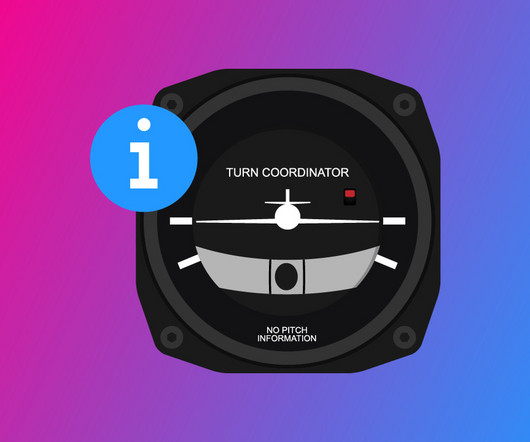







Let's personalize your content